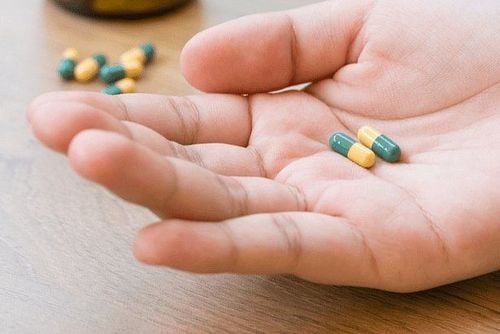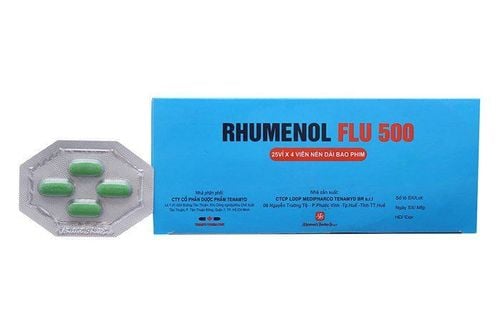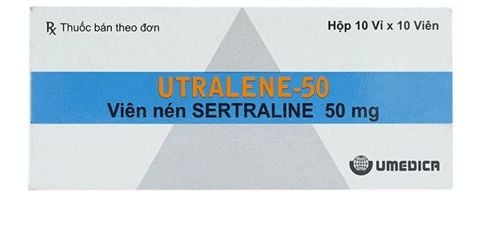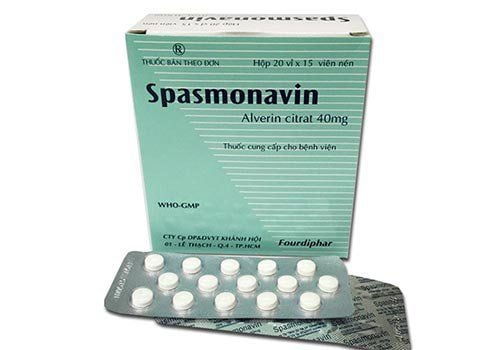This is an automatically translated article.
Lorafast contains the main ingredient Loratadin, which is prepared in the form of 10mg tablets. This active ingredient belongs to the second generation of antihistamines that are often indicated in allergy-related diseases. The following article will help you get more useful information about Lorafast.1. What is Lorafast?
The active ingredient Loratadin contained in Lorafast is a selective peripheral H1-receptor antagonist. Unlike first-generation antihistamines, Loratadine belongs to the second generation, so it has no sedative effect.Lorafast is often used to reduce the symptoms of paresthesia caused by the release of histamine such as rhinitis, itchy nose, runny nose in allergic rhinitis; conjunctival itching, lacrimation in allergic conjunctivitis; pruritus, rash in urticaria. However, loratadine is not effective in cases of severe histamine release such as anaphylaxis.
The effect of Lorafast is mainly to relieve symptoms, not to treat the cause of the disease. Therefore, in the treatment of diseases such as allergic rhinitis, allergic conjunctivitis, patients need to use Lorafast in combination with other drugs according to the regimen or instructions of the doctor to achieve good treatment effect. best.
2. Dosage and how to use Lorafast
Lorafast is used orally with the recommended dose as follows:
For people 12 years of age and older: Use dose 10mg / day For children from 2 to 12 years old, if their weight is over 30kg, use the same dose as adults . If the child's weight is less than 30mg, the dose is 5mg/day. The use of Lorafast in children under 2 years of age has not been proven safe. Patients with creatinine clearance less than 30ml/min: Use Lorafast at a dose of 10mg/day, once every 2 days.
3. Undesirable effects of the drug Lorafast
Patients who use Lorafast for a long time may experience side effects such as:
Dry mouth Headache Dizziness Sneezing, dry nasal mucosa Tachycardia Abnormal liver function Menstrual disorders To avoid unwanted effects Worthwhile, patients should be started with the lowest effective dose of Lorafast. If the patient experiences the above symptoms, the patient can stop taking the drug and see a doctor for timely advice.
4. Loratadine overdose and treatment
If Lorafast is used at a dose of 40 - 180mg, patients are at risk for Loratadine overdose with typical symptoms such as:
In adults: Headache, heart palpitations, lethargy, drowsiness In children: palpitations, extrapyramidal manifestations In this case, the patient should be taken immediately to medical facilities. The common treatment is to induce vomiting or gastric lavage for the patient to limit the absorption of loratadine into the body.
5. Loratadine drug interactions
Lorafast has been reported to have drug interactions with the following drugs:
Drugs that are able to inhibit CYP450, CYP3A4 and CYP2D6 such as: erythromycin, quinidine, ketoconazole, fluconazole, cimetidine. These drugs increase the plasma concentration of loratadine by 40% to 60%. MAO Inhibitors: Combining Lorafast with these drugs has the potential to affect a patient's blood pressure.













